This Dr. Axe content is medically reviewed or fact checked to ensure factually accurate information.
With strict editorial sourcing guidelines, we only link to academic research institutions, reputable media sites and, when research is available, medically peer-reviewed studies. Note that the numbers in parentheses (1, 2, etc.) are clickable links to these studies.
The information in our articles is NOT intended to replace a one-on-one relationship with a qualified health care professional and is not intended as medical advice.
This article is based on scientific evidence, written by experts and fact checked by our trained editorial staff. Note that the numbers in parentheses (1, 2, etc.) are clickable links to medically peer-reviewed studies.
Our team includes licensed nutritionists and dietitians, certified health education specialists, as well as certified strength and conditioning specialists, personal trainers and corrective exercise specialists. Our team aims to be not only thorough with its research, but also objective and unbiased.
The information in our articles is NOT intended to replace a one-on-one relationship with a qualified health care professional and is not intended as medical advice.
Homemade Finger Paint That’s Safe for Your Kids
September 12, 2017
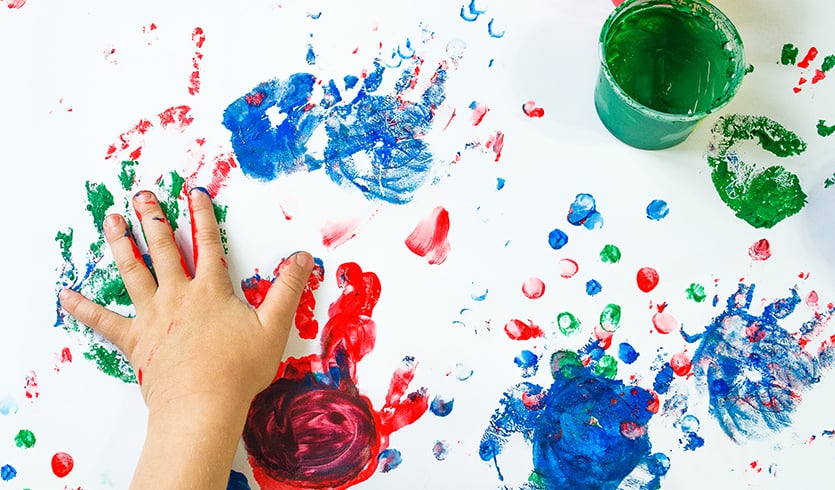
Finger painting is a fun way for children as young as 6 months to experience the joy and satisfaction of creating. It requires no skills or special equipment. Plus, it encourages hand-eye coordination and creativity and can engage children for long periods (always a plus for busy caregivers). But commercial finger paints — even those claiming to be nontoxic — may contain stuff you’d rather not have smeared all over the tender skin and mouths of your nearest and dearest. Let’s take a look at some of the things commercial finger paints may contain. Then read on for my easy homemade finger paint recipe.
What’s In Store-Bought Finger Paint?
Crayola, one of the largest manufacturers of children’s art supplies, assures users that certain common allergens are never used in their products. These include peanuts, tree nuts and eggs. Still, a few do contain wheat (1). While finger paint manufacturers aren’t required to say what they DO put in products, some potentially problematic ingredients that may be present include wheat/gluten, mannitol, polyethylene glycol, sodium benzoate (a preservative), mineral oil, various artificial food colorings and synthetic scents.
Wheat/Gluten
Starch cooked with water creates a thick liquid or gel. This may serve as the basis of many water-based paints, including finger paints. If wheat or rye starch is used, the paint may contain gluten. A child with gluten intolerance or wheat allergies could have a reaction from having such paint on his or her hands, or by accidentally ingesting some of it.
Mannitol
This sugar alcohol is used as a low-calorie sweetener in foods and as a medicine to increase urination. It has also been shown to possibly increase the absorption of other substances through the skin (2).
Polyethylene Glycol
This man-made chemical is left over from turning crude petroleum and natural gas into fuels. It’s used in nontoxic antifreeze and added to foods, cosmetics and other products to give them a smooth, creamy texture. The FDA considers the water-soluble additive safe, and it is certainly safer than some of the chemicals it has replaced. But significant questions about its health effects remain, especially for infants (3).
Sodium Benzoate
This antimicrobial preservative prevents the growth of microorganisms that could break down the product or make you or your child ill. Unfortunately, under certain conditions it may become a carcinogen (4).
Mineral Oil
Mineral oil is extracted from petroleum, and is used in many products because it’s inexpensive and never goes rancid. It may also cause rashes in sensitive individuals.
Artificial Colors
Millions of pounds of man-made food dyes are used in foods, beverages, cosmetics and other consumer products in the U.S. each year and many of them have been shown to increase the severity of skin rashes, asthma attacks and behavior problems such as hyperactivity and ADHD in children. Some have even been linked to childhood cancers. (5, 6, 7, 8)
How to Make Your Own Homemade Finger Paint
Now that you know what may be lurking in that tube or bottle of brightly colored “nontoxic” finger paint, let us reassure you that it is easy (and inexpensive) to make homemade finger paint without any of those ingredients!
Homemade finger paint is safer for everyone and especially important if your child has known allergies or sensitive skin. It’s also a wonderful thing to know about because you probably have everything it takes to make at least a couple of colors right in your pantry without having to run to the store.
All you need is a starch (corn starch works well, so does all-purpose flour if gluten is not an issue), a little salt, water and some natural color. When dry starch is mixed with water and heated, the starch granules absorb the water and swell up. This process is called gelatinization. It create a viscous, gel-like substance.
Adding salt enhances gelatinization and helps prevent water separating out of the finished product. Different starches create different textures of gel.
- Cornstarch creates a smooth, translucent gel that is sticky enough to cling to slick paper.
- All-purpose flour, which contains gluten and fiber as well as starch, produces a more opaque gel with less elasticity than corn starch does. Both gels work well for finger painting.
- Other gluten-free flours and flour blends will all create gels when cooked with water, but you may need to add more or less water to create the finished texture you want to achieve. You may need to add a few starches, arrowroot being one, if your gel is too tacky and elastic to work as a finger paint. You will need to do a little experimenting to see how your favorite gluten-free flour works.
Making homemade finger paint is easy. Combine the dry ingredients is a saucepan. Then slowly add cold water, whisking it in to make a smooth, milky liquid. Heat the mixture, stirring constantly, until it thickens and turns translucent. Scoop the plain gel into small bowls or jars. Stir in a few drops of all-natural food coloring and a few drops of liquid dish soap (for easy cleanup later). Add a little more water if the gel is too thick.
Tips for Making Homemade Finger Paint
- If your paint is too thick, stir in water a little at a time until you have a thick, creamy paint that spreads easily without dripping. Repeat if it thickens when cool.
- Empty plastic squeeze bottles are great for dispensing and storing homemade fingerpaint.
- Adding a few drops of liquid dish soap makes the paint shinier. Plus it makes cleanup go faster.
- Add a teaspoon of fine sand to one color to give it a rough texture and add variety to the sensory experience.
- Cover the table with newspaper or a wipeable tablecloth. Outfit your child with an old shirt or paint smock for easier cleanup.
- Glossy paper is ideal for finger painting. If you have a roll of parchment paper, that is perfect.
- Store extra paint in the refrigerator.
- For edible fun, use vanilla pudding as a base instead of cooked starch (a white plate makes a good canvas for this project).
- For bath-time fun, stir corn starch into a few tablespoons of your favorite gel soap or shampoo to make a thick paste. Add a few drops of color. Then let the kids paint themselves and the tub before rinsing off!
- For no-mess fun, put a couple of tablespoons of paint into a large zip-lock bag. Squeeze out the air, and seal firmly. Little hands can have loads of fun pushing the paint around and around without even touching it.
No Food Coloring On Hand?
Check your pantry for intensely-colored food powders:
- Turmeric makes a bright yellowy orange.
- Goji powder makes red.
- Acai berry powder makes purple.
- Greens powder makes yellowy-green.
- Powdered annatto seed (achiote molido) makes bright orange.
You can also make your own food colorings from colored juice or by boiling colored foods such as beets or spinach in water to extract the color. Use juice or cooking water instead of water in the recipe to make one color of homemade finger paint at a time. Or reduce the juice or cooking water by boiling it down to make a concentrate to add to the cooked gel. Check this article at SuperFoodly for specific instructions for making your own organic food colorings.
Homemade Finger Paint That’s Safe for Your Kids
Ingredients:
- 1 cup corn starch OR half cornstarch and half flour
- 3 cups water
- 1 tablespoon fine salt
- organic food coloring
- 1 tablespoon liquid dish soap (optional)
Directions:
- Combine dry ingredients in a saucepan.
- Add 2 cups of cold water, and stir until completely dissolved. The mixture will be thin and milky.
- Heat the mixture over medium heat, stirring constantly. After a few minutes, it will start to thicken and change from milky to translucent. It will get lumpy or gloppy. Don’t worry; just keep stirring until it is smooth and translucent. If stubborn lumps remain, a stick blender will make quick work of them.
- Remove from heat and stir in ½ cup cold water and the dish soap if you are using it.
- Divide the gel into smaller bowls or wide-mouth jars. Add food coloring to each, stirring well to blend.
- Stir in more cold water, a little at a time, until the homemade finger paint is creamy and easy to spread.
Comments
Please keep comments under 200 characters.




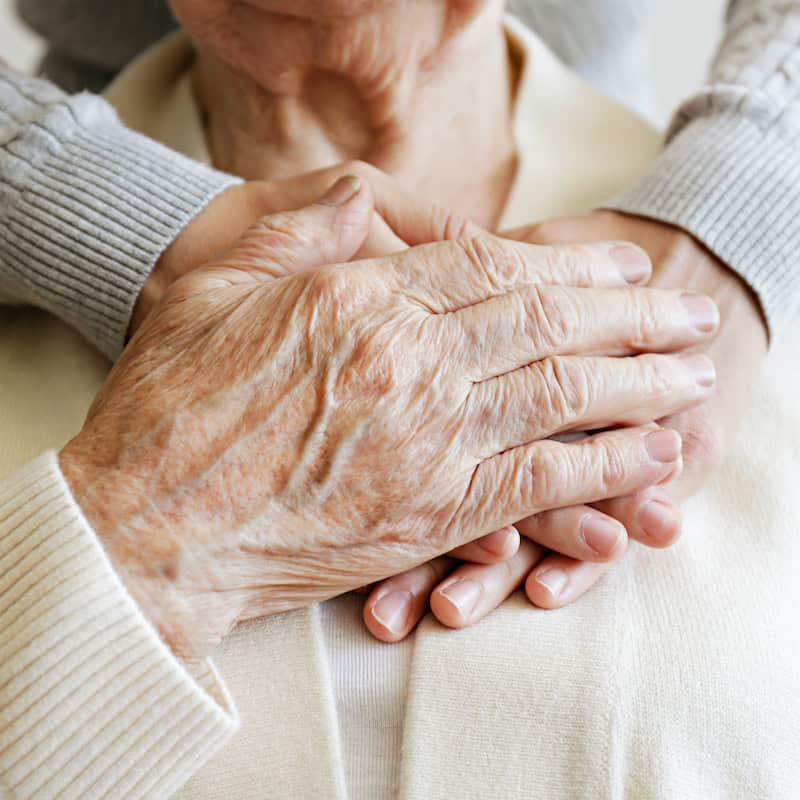

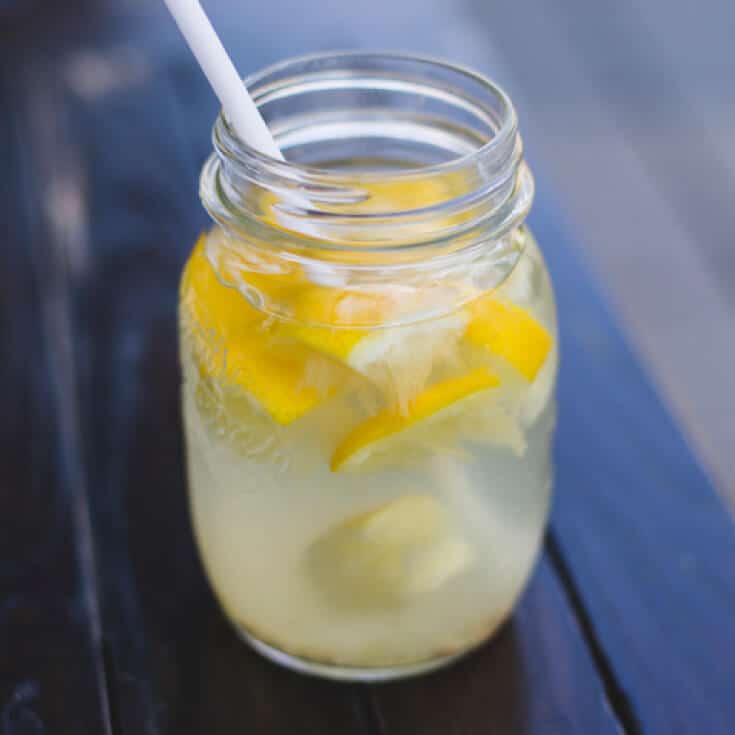
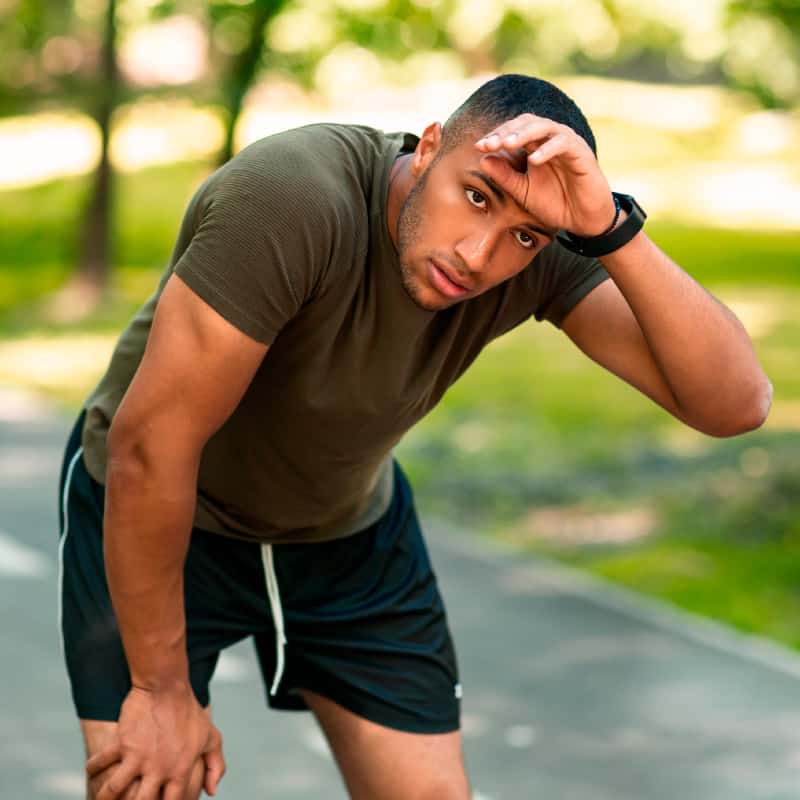


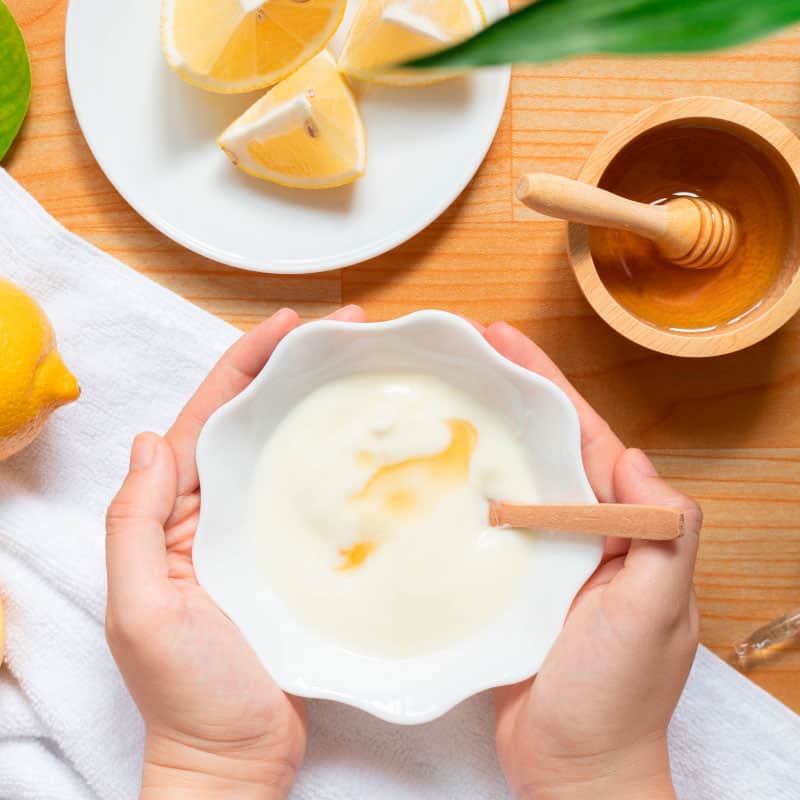
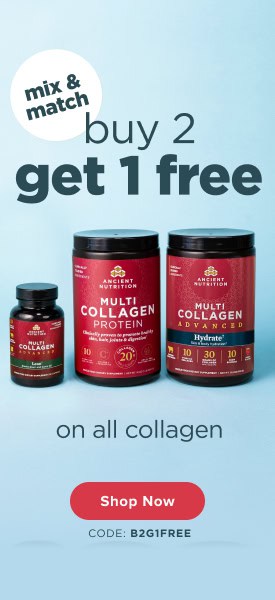

Ahh loved the post – thank you for all the helpful insights!
Curious how the different paint compositions hold up with time. Any lessons learned here? Also any considerations for homemade paints that would last on fabric?
Had thought to make a Father’s Day gift of my 8mo niece’s sweet dancing feet as she jumps in her jumpy thing (obviously new Auntie here) and wanting to not expose her to any harsh chemicals and dyes of the conventional finger paints, especially since she her favorite thing to put in her mouth still are her toes! Thanks again!
Thanks for this great recipe and info. My 2 and 4 year old had a lot of fun fingerpainting on wax paper! And it’s a great use for all-purpose flour!
Thanks for the timely article– I’ve read some on making paints and this was quite thorough.
red/purple cabbage apparently makes blue.
many natural cosmetic companies use iron oxides/mineral pigments. in your opinion, are these safe in moderation, and for kids? Thanks!